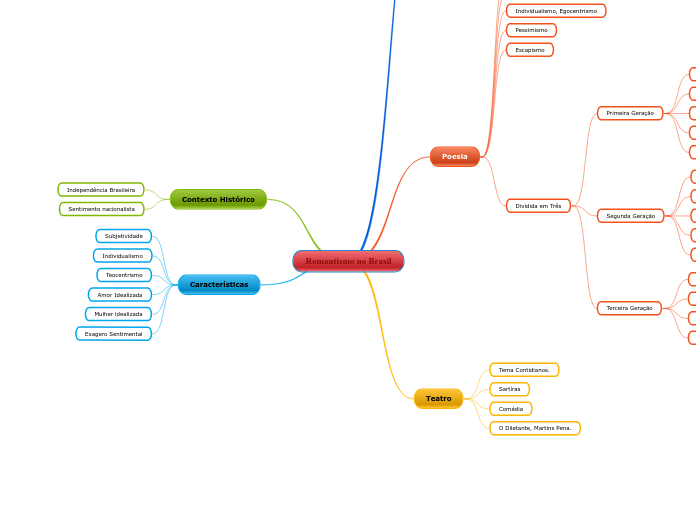Primeira geração Moderna
Áustria
Anton Webern ( 1883-1945 )
Alban Berg ( 1885-1935 )
Arnold Schoenberg ( 1874-1951)
Alexander Scriabin ( 1872-1915 )
Sergei Rachmaninov ( 1873-1943 )
Filândia
Jean Sibelius ( 1865-1957 )
República Tcheca
Leos Janácek ( 1854-1928 )
Inglaterra
Ralph Vaughan Williams ( 1859-1924 )
Espanha
Manuel de Falla ( 1876-1946 )
França
Maurice Ravel ( 1875-1937 )
Claude-Achille Debussy ( 1862-1918 )
Impressionismo
Modernismo
To name your story, you have to think about the overall message and what you want your audience to understand from the story. Also, make it relevant and easy to remember.
Segunda metade do século 20
Dodecafonismo
Luciano Berio ( 1925-2003 )
Eliott Carter ( 1908-2012 )
Pierre Boulez ( 1925)
Karlheinz Stockhausen ( 1928-2007 )
Música Eletrônica
Tradicionalismo Tonal
Samuel Barber ( 1910 - 1981 )
Tradição Clássica
Olivier Messiaen ( 1908-1992 )
Novo realismo
The ending of a story is essential. We all know that if the ending is weak, what happened before loses its importance. So make it unpredictable, but fair. A resolved ending answers all the questions and ties up any loose threads from the plot.
Dmitri Shotakovich ( 1906-1975 )
Paul Hindemith ( 1895-1963 )
Kurt Weill ( 1900-1950 )
This is the closure section of the story.
See examples of possible outcomes below:
- all problems have been solved
- it's clear how each one of your characters ends up
- your main character is transformed by the challenge
Movimento avant-garde
The middle of the story is where you add layers of complications that will lead to the end. Reveal more about the character's journey. Did their personality go through changes? How did they overcome the challenges? And as you build up the story’s central conflict, make it more personal to that character. Also, from the middle act, you have to lead into the final act.
Béla Bartók ( 1881-1945 )
There wouldn't be any tension and excitement in your story if there weren't any obstacles in your character's way.
Igor Stravinsky ( 1882-1971 )
Your character(s) need(s) motivation in order to solve the challenge(s).
Fase Serial
Secondary characters also might have motivs beacuse of which they may cross path with main character or which might trigger them to help the main character.
Fase Neoclássica
Secondary characters might also have motives that lead them to cross paths with the main character or which might trigger them to help the main character.
Neotonal
Fase Russa
Why does your character need to confront this challenge? What does he/she expect to accomplish by solving it?
See a few examples:
- will marry in 3 days
- can fix the mistakes of the past
Primitivista
Erik Sate ( 1866-1925 )
Each story has a main character and that character usually needs to solve a problem or challenge. The character's challenge is the one that creates tension throughout the story.
Futurismo
Subtópico
Correntes nacionalistas
França e Itália
Gabriel Fauré
Cesar Franck
Rússia
Nicolai Rimsky-Korsakov
Modest Mussorgsky
Tradição austro-germânica
In the beginning of the story (or the exposition), you will need to introduce the setting and characters. You might also want to introduce the main conflict. This part of the story is important because it gives the reader necessary background information and maybe even a first insight into a character’s personality.
Richard Strauss ( 1864-1949 )
Gustavo Mahler (1860-1911)
The setting (time & place) of a story can change throughout the plot.
Hugo Wolf ( 1860-1903)
Characters are essential to a good story. Usually, the protagonist(s) is/are the most affected by the plot. Introduce a character by focusing on their actions, interests, and occupation, as the physical appearance doesn't make a difference in most cases.










